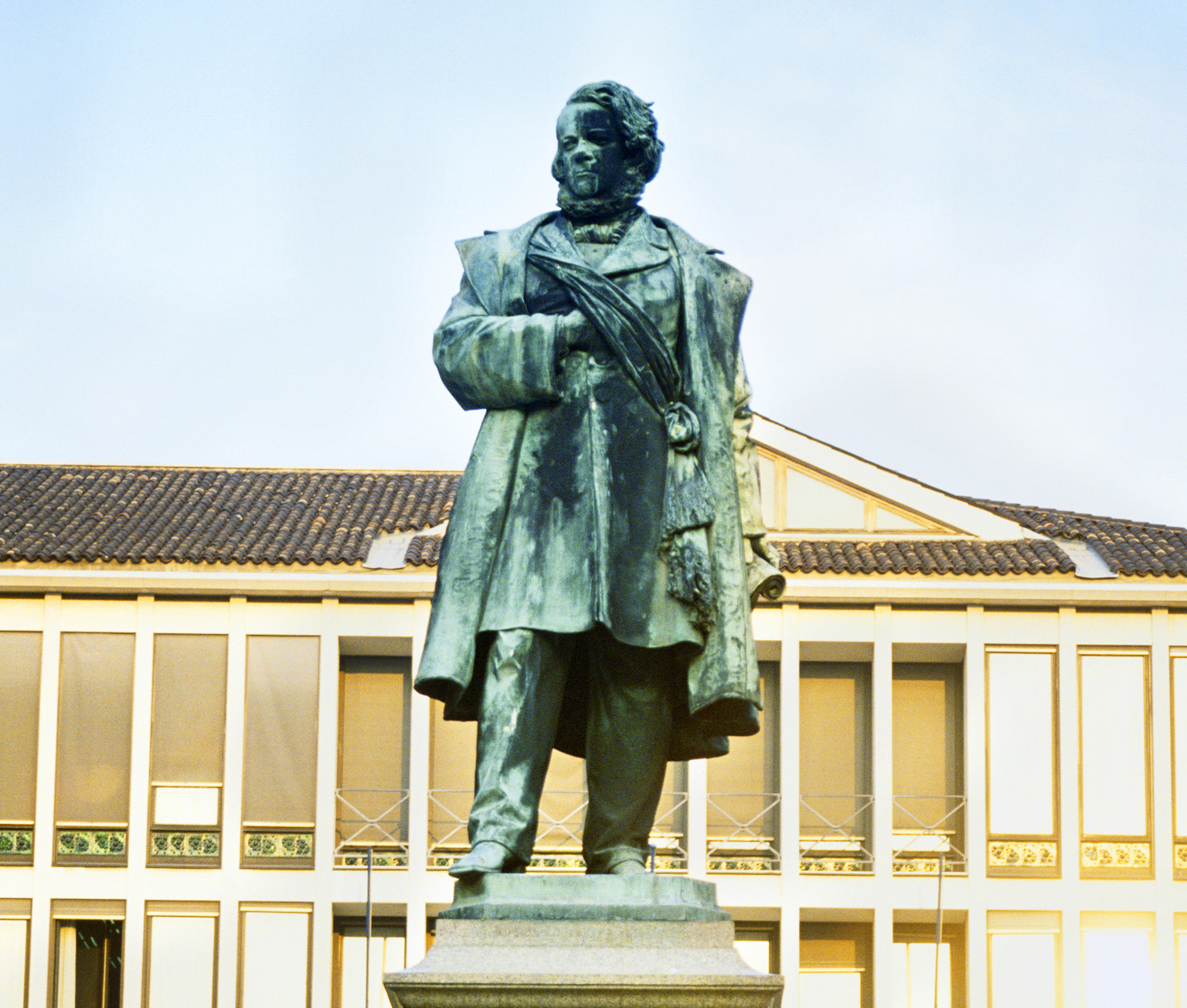MOMENTS IN HISTORY
1. AD 421: Birth of Venice
Fleeing the Goths, who were looting their way southwards to Rome, the people of the Veneto sought refuge among the uninhabited islands of their marshy coast. There from the ashes of the Roman past rose the city of Venice. According to tradition on 25 March every year, the Church of San Giacometto is consecrated at Rialto. This is considered the founding date of the city.
2. AD 697: Electing the Doge
Soon after the surrounding coastal area and the lagoon was organized into a duchy, ruled by a “dux” or doge, nominated by the emperor in Constantinople. At the Basilica di San Marco, the doge was presented to the city following his election. Paoluccio Anafesto was elected first doge.
3. 1204: Siege of Constantinople
Led by the aged and blind doge Enrico Dandolo, the leaders of the Fourth Crusade agreed to attack the capital of Byzantium, as payment for warships supplied by Venice. The treasures taken include four gilded bronze horses. Replicas of the originals appear on the façade of Basilica di San Marco. The city fell in 1204, leaving Venice ruler of Byzantium.

The four bronze horses taken from Constantinople
4. 1378–81: Battle of Choggia
The long-standing rivalry between the maritime republics of Venice and Genoa turned into a naval battle in 1378. The attack culminated in 1381 when Venice defeated Genoa at Choggia to win undisputed maritime supremacy in the Adriatic and Mediterranean. The battle led to the Peace of Turin, which heralded the final decline of Genoese hegemony.

Genoese and Venetian naval warships at the Battle of Choggia
5. 1571: Battle of Lepanto
At Lepanto, in Greece, the largest naval battle since antiquity witnessed an alliance of western powers inflict a devastating defeat on the Ottoman fleet.
6. 1797: End of the Venetian Republic
After more than a millenium, the first Republic since antiquity fell in 1797 to the invading French troops of Napoleon Bonaparte.
7. 1848: First Italian War of Independence
Led by Daniele Manin, the city revolted against Austrian domination, and the rebels proclaimed a new, but short-lived Republic, with the ultimate aim of joining a unified Italy. The city capitulated to the Austrians the following year, after a long siege.

Daniele Manin’s statue, Campo Manin
8. 1866: Austrian rule ends
The long military and political confrontation between Austria and the Italian states finally resulted in the unification of the Italian territories, including Venice and the Veneto.
9. 1966: Floods devastate Venice
In November 1966, the city was hit by the worst floods in its history, sparking concern for the future of the city’s delicate and decaying fabric.
10. 2008: Grand Canal’s fourth bridge opens
The fourth bridge Ponte della Costituzione opened to the public on the night of 11 September, 2008.
FREQUENTLY ASKED QUESTIONS
1. Is Venice still sinking?
Theoretically, sinking came to a halt when the industries in Marghera stopped pumping out groundwater.
2. What do the buildings stand on?
Pinewood piles overlaid with horizontal planks and marble-like Istrian stone slabs serve as the building foundation.
3. Is swimming in the canal allowed?
Swimming in the canal is forbidden and incurs a hefty fine.
4. How deep is the lagoon?
At its maximum depth, the lagoon is 15 m (49 ft) in the navigable channels dredged for shipping.
5. Is the sea safe for swimming?
Yes, periodic controls for bacterial counts are carried out.
6. Does everyone have a boat?
On average, one in two families possesses a pleasure boat.
7. Can you drink water from the drinking fountains?
Yes, it’s the same as tap water and is subject to testing and treatment.
8. How does the house numbering system work?
Within each of the six districts (sestiere), numbers follow the alleyways along one side at a time, taking in branch streets and courtyards when encountered.
9. What are the MOSE floodgates?
This huge dam project aims to protect Venice and its lagoon from exceptionally high flood tides.

A flooded fondamenta, Cannaregio
10. Why don’t people restore the crumbling buildings?
Strict regulations concern façades – only porous stucco can be used as anything else tends to come away and is a hazard for passersby.